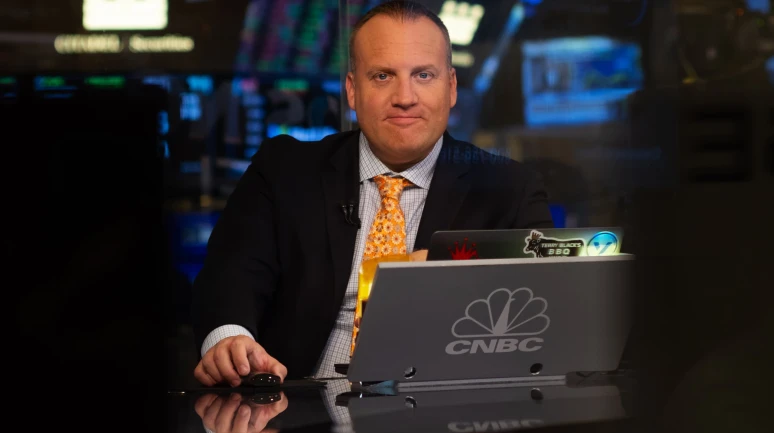Investors are being warned to approach with caution any signs indicating a potential surge in the U.S. economy's cyclical performance, as suggested by Stifel Financial Corp. While some investors anticipate a revival in U.S. manufacturing, analyst Thomas Carroll from Stifel advises against placing too much confidence in the upcoming release of the February U.S. PMI Manufacturing index.
This cautious outlook comes amidst uncertain economic conditions and ongoing challenges facing the manufacturing sector. As the industry continues to navigate through various disruptions, it remains to be seen whether this uptick in February can be sustained in the coming months. Stakeholders are advised to closely monitor the situation and prepare for potential fluctuations in the manufacturing landscape.
Investors Advised to Be Cautious About Anticipated U.S. Economic Rebound
Stifel Financial Corp. is warning investors to approach any signs of a forthcoming strong cyclical period in the U.S. economy with skepticism.
Stifel recommended an overweight allocation to defensive value stocks like staples, healthcare, and utilities, as well as defensive factor proxies such as quality, low volatility, and gold, due to perceived downside risks in the S&P 500.
The defensive strategy has proven fruitful in 2025, with consumer staples and health care emerging as the top-performing S&P 500 sectors this year. Health care, in particular, has been a robust sector for investors. As the year progresses, it seems that a cautious and defensive investment approach might be more prudent based on the analysis provided by Stifel Financial Corp.
PMI Manufacturing Index Results to Be Interpreted Carefully
Thomas Carroll, an analyst at Stifel, has cautioned investors about the potential misinterpretation of the February U.S. PMI Manufacturing index results.
However, Chris Williamson, chief business economist at S&P Global Market Intelligence, cautioned that this uptick might be short-lived, partly due to companies attempting to anticipate potential tariffs. Carroll echoed this sentiment and emphasized that the services sector, which outweighs manufacturing, was revealed to be contracting in the same report.
Recent economic data, including the Kansas City Fed's manufacturing survey showing a decrease in activity in February and a rise in initial jobless claims to 242,000, the highest since early October, align with Stifel's perspective. Rather than banking on a manufacturing resurgence, Carroll suggested a more defensive approach for investors.
Concerns Over Temporary Boost in Manufacturing Sector
Carroll highlighted significant obstacles to a sustained increase in the U.S. PMI Manufacturing index, predicting economic headwinds for the S&P 500 throughout 2025.
Carroll expressed concerns about obstacles hindering a sustained increase in the index, foreseeing significant economic challenges for the S&P 500 throughout 2025.The initial version of the PMI report, which indicated a slight improvement in U.S. manufacturing, was recently published.
Manufacturing Rebound May Be Short-Lived
Chief business economist Chris Williamson warned that the recent uptick in U.S. manufacturing activity could be brief, with firms possibly reacting to anticipated tariffs.
Contractions in Both Manufacturing and Services Sectors
Recent reports have indicated a decrease in manufacturing activity, along with a contraction in the services sector, which poses challenges for the overall economic outlook.
Emphasis on Defensive Investment Strategies
Instead of relying on a manufacturing rebound, investors are advised to consider defensive investment options, particularly in sectors like staples, healthcare, and utilities.
Strong Performance of Defensive Stocks in 2025
Defensive value stocks have proven to be favorable investments in the current year, with consumer staples and healthcare sectors leading the way in terms of performance.
Healthcare Sector Thriving in 2025
Healthcare stocks, in particular, have shown resilience and strong performance in 2025, offering investors a reliable option in uncertain market conditions.

























